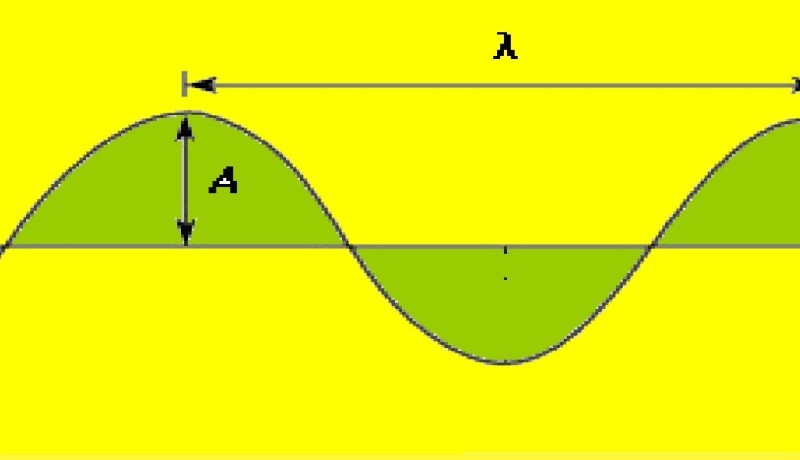Fall 2011 The Smart Grid Becomes Self-Aware
July 14, 2011
on
on

If we want to implement renewable energy at a large scale, the grid needs to smarten up. Renewables like solar and wind are intermittent sources so they can’t provide the same energy security as gas fired power plants. On the one hand scientists are working on finding better methods to store electricity but on the other hand distribution needs to become more intelligent.
Right now when demand peaks the utility company will fire up an extra power generator. But hardly anybody stops to wonder if that peak is born of necessity or coincidence. Least of all the end users. In most places a slow rolling counter in the basement is the most extensive information available about the household’s energy consumption. And there is absolutely no way to get information about what’s going on in the rest of the grid.
But that is exactly what needs to happen. Every household, every appliance in every household needs to become an actively participating node of the grid. When the network becomes aware of the electricity needs of every individual node it can smartly distribute electricity by deciding which nodes can temporarily be shut off during peak demand. For instance, introducing fluctuating electricity price rates, together with means to program devices to shut off when electricity reaches a certain rate, is one way the grid could operate smarter.
In order for the grid to become self-aware it needs to be able to communicate. Every node needs to send data to a hub for it to have an awareness of what’s going on in the network and distribute electricity accordingly. And since we probably don’t want to wire every single device to a distant hub this means the data needs to be transferred wirelessly.
That isn’t as easy as it sounds. Your average Wi-Fi setup has a reach of 264 feet (80 meter). Signals can travel a longer distance over the cellular network but that is overcrowded by mobile devices as it is. In answer to this problem the San Diego startup On-Ramp has developed a device that can communicate a signal over 45 miles (72 km) using the same frequency band as Wi-Fi.
The difference between Wi-Fi technology and On-Ramp’s Ultra-Link Processing (ULP) technology is the use of a set of algorithms. Signals weaken over distance and are hard to pick up out of the noise produced by other signals. The algorithms are applied to transmitting and decoding the signal. Allowing the receiver to pick out the weakened signal amongst the background noise, even when the signal is weaker than the noise. ULP trades off distance for data rate. It transmits less than 50 bits per second whereas an average household Wi-Fi device reaches up to 150 Mbit/s. But 50 bits are enough for the grid’s nodes to communicate with the hub.
This fall, On-Ramp will introduce a ULP device to the market that is produced at significantly lower cost than the previous trial versions. Making it compatible with other communication devices that compete for the honor to enable the smart grid to become self-aware.
Source: technologyreview.com
Photo: http://regenerating-universe-theory.org
Right now when demand peaks the utility company will fire up an extra power generator. But hardly anybody stops to wonder if that peak is born of necessity or coincidence. Least of all the end users. In most places a slow rolling counter in the basement is the most extensive information available about the household’s energy consumption. And there is absolutely no way to get information about what’s going on in the rest of the grid.
But that is exactly what needs to happen. Every household, every appliance in every household needs to become an actively participating node of the grid. When the network becomes aware of the electricity needs of every individual node it can smartly distribute electricity by deciding which nodes can temporarily be shut off during peak demand. For instance, introducing fluctuating electricity price rates, together with means to program devices to shut off when electricity reaches a certain rate, is one way the grid could operate smarter.
In order for the grid to become self-aware it needs to be able to communicate. Every node needs to send data to a hub for it to have an awareness of what’s going on in the network and distribute electricity accordingly. And since we probably don’t want to wire every single device to a distant hub this means the data needs to be transferred wirelessly.
That isn’t as easy as it sounds. Your average Wi-Fi setup has a reach of 264 feet (80 meter). Signals can travel a longer distance over the cellular network but that is overcrowded by mobile devices as it is. In answer to this problem the San Diego startup On-Ramp has developed a device that can communicate a signal over 45 miles (72 km) using the same frequency band as Wi-Fi.
The difference between Wi-Fi technology and On-Ramp’s Ultra-Link Processing (ULP) technology is the use of a set of algorithms. Signals weaken over distance and are hard to pick up out of the noise produced by other signals. The algorithms are applied to transmitting and decoding the signal. Allowing the receiver to pick out the weakened signal amongst the background noise, even when the signal is weaker than the noise. ULP trades off distance for data rate. It transmits less than 50 bits per second whereas an average household Wi-Fi device reaches up to 150 Mbit/s. But 50 bits are enough for the grid’s nodes to communicate with the hub.
This fall, On-Ramp will introduce a ULP device to the market that is produced at significantly lower cost than the previous trial versions. Making it compatible with other communication devices that compete for the honor to enable the smart grid to become self-aware.
Source: technologyreview.com
Photo: http://regenerating-universe-theory.org
Read full article
Hide full article


Discussion (0 comments)